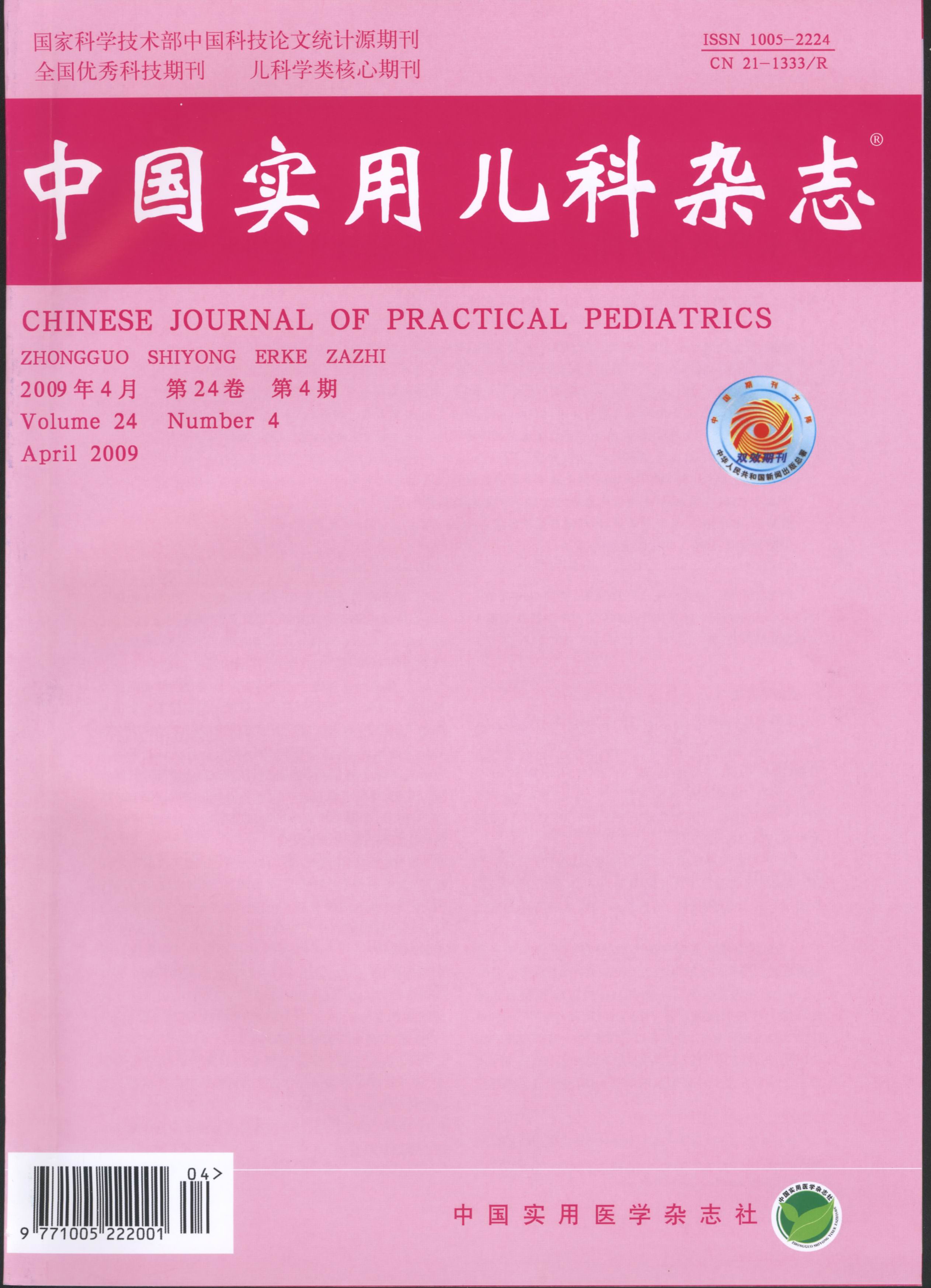Abstract:Objective To first diagnose and fine map the chromosome deletion regions of two children with Jacobsen syndrome by Affymetrix SNP 6.0 chip in China and roughly analyze the correlation between phenotype and genotype. Methods Genomic DNA of each index patient and his/her parents was extracted from peripheral blood. Screening of subtelomeric rearrangements was carried out in all patients by MLPA(P070). For each patient with a positive result,a subsequent second-stage test was performed with another MLPA kit (P036). The parents of patients who had positive results confirmed by the second kit were tested to assess whether the genetic aberrations were de novo or inherited. If the subtelomeric aberrations were de novo,then we used the Affymetrix genome-wide human SNP array 6.0 to confirm and accurately define the exact size of each subtelomeric aberrant region. Results We found that two patients presented with severe DD,microcephaly,and facial dysmophism. Patient 1 had low birth weight and white matter with delaying of myelinization,and patient 2 had congenital heart disease and skeletal deformity. No patient was with thrombocytopenia. We found that the sizes of the deletions were 4.1 Mb and12.8 Mb respectively. The 4.1 Mb deletion was smaller than any other region previously reported for this syndrome. Conclusion The critical region underlying DD/MR is probably distal part within 4.1Mb to the telomere,and SNX19,THYN1,OPCML,NCAPD3 and NTM might be candidate genes. One of the critical regions for craniofacial abnormalities may be within 130.3-134.4Mb in chromosome 11q. (3) The critical region related to congenital heart malformations may be within 125.8Mb-130.4Mb in chromosome 11q. However,we realize that this study is limited by the small sample of cases presented and hope that in the future more Chinese JBS patients will be reported to elucidate the spectrum and relationship of the phenotype and genotype of JBS in China.

